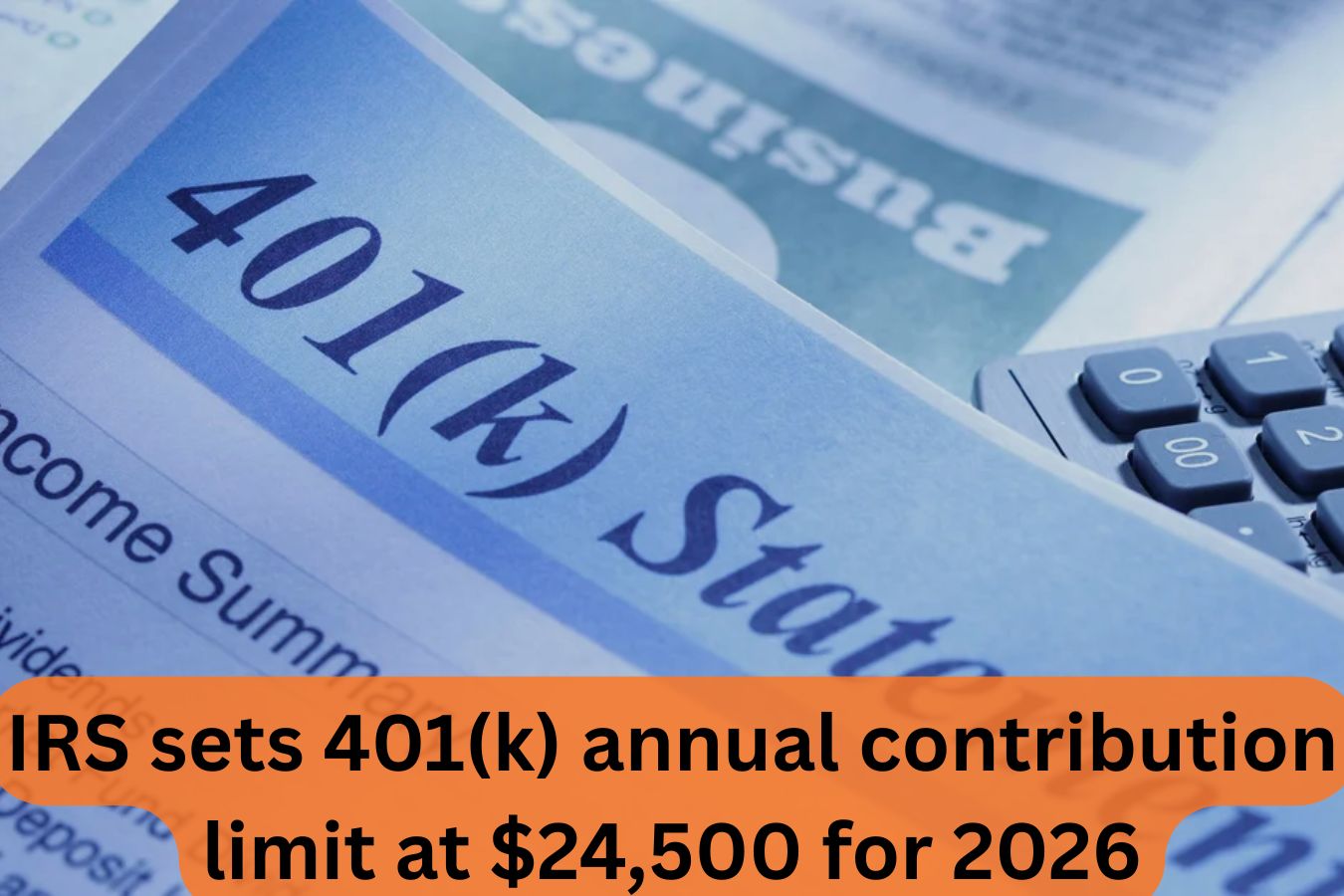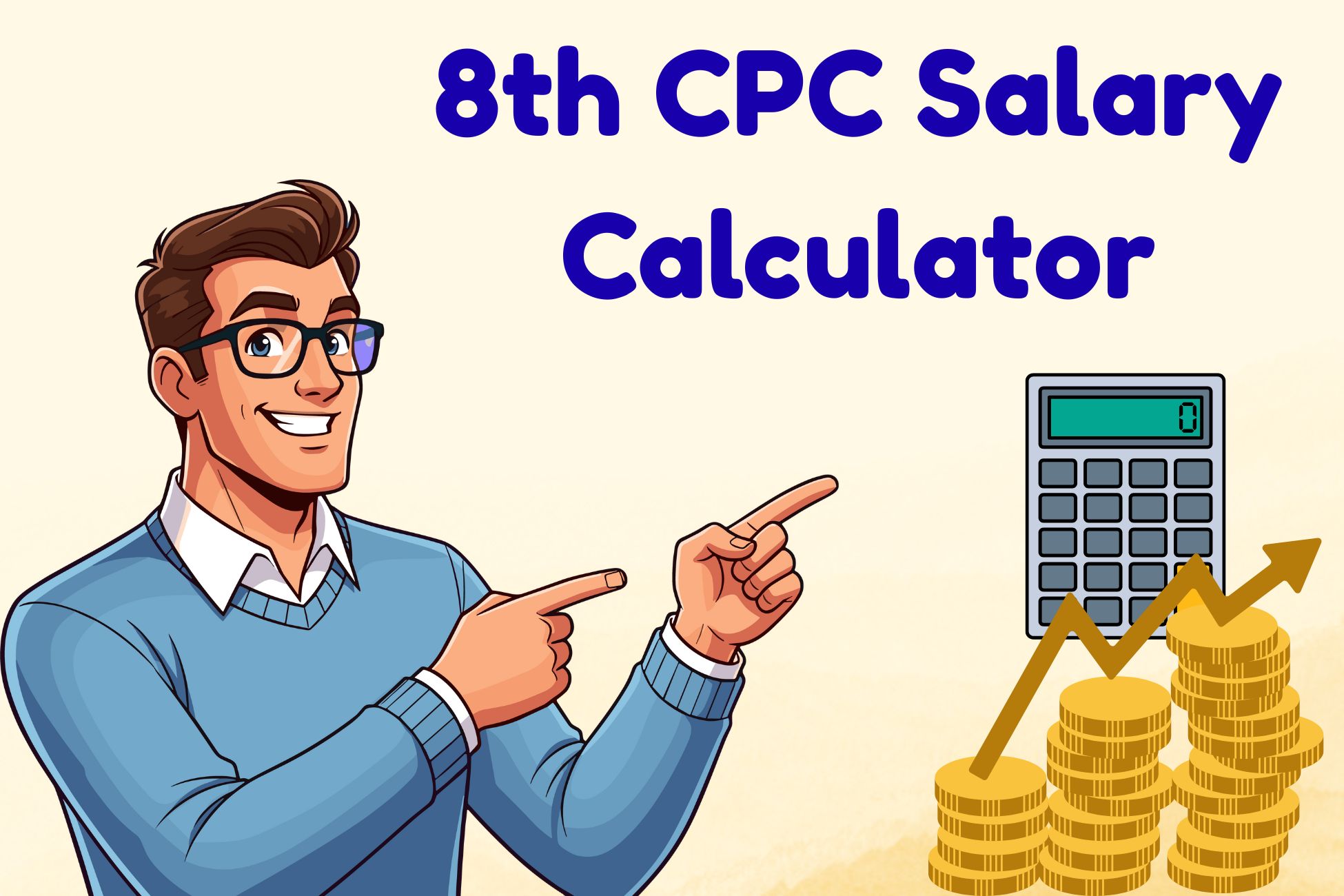A new policy regarding the amount you can put into your 401(k) pension savings will affect millions of wealthy Americans from 2026 onwards. If you’re among those earning more than $145,000 per year, then changes designed to catch-up contribution will affect the way you plan your savings to save for your future. Knowing these changes early will save you from unpleasant surprises and prepare your retirement plan in a smart way. The main issue is how catch-up contribution – extra amounts that those who are 50 or older may save managed.
These changes specifically target those with high incomes and require you to switch from traditional pretax deductions to post-tax Roth contributions. Although this may seem like an administrative change but it has significant implications on your taxes as well as your savings over the long term. Here’s what you must know and the best way to prepare for 2026 before it’s time to start.
A new 401(k) rule is coming in 2026
Beginning in 2026, your earnings from a single employer exceeded $145,000 in the previous year (adjusted to reflect inflation) You’ll need to make all over 50 “catch-up” contribution as Roth contributions instead of traditional tax-deferred contributions. This applies regardless of regardless of whether your plan is an 401(k), 403(b) and 457(b).
Prior to changing this rule, you can opt to make these additional contributions in a pretax manner (reduce your tax-deductible income this year) or after-tax into an Roth account (pay the tax now and receive tax-free withdrawals when you retire). The new rules eliminate the tax benefits that come with high-income earners’ catch-up contribution. As a result, when you put more money into retirement after the age of 50 the tax benefit won’t allow you to reduce your tax amount.
If you aren’t able to reach the threshold of $145,000 but you still have the option of making catch-up payments on a pretax basis.
401(k): New Rule for High Earners 2026 Overview
| Key Change | 2026 Update |
| Who are the people affected? | Same group |
| The income limit | Remains, adjusted for inflation |
| Catch-up contribution limit (50+) | $8,000 |
| Catch-up type was available for the highest earners. | Roth 401(k) only (after-tax) |
| Tax impact | Immediate tax, no deduction |
| Applies to | Same |
| Main goal | Keep, but with an immediate tax increase |
| Official Website | https://www.irs.gov/ |

The Catch-Up Contribution Limit Is Rising
Limits for catch-up contributions to 401(k) participants who are 50 and over is also set to receive an increase. It will go from $7,500 by 2025 to $8,000 by 2026. In addition, there is the contribution limit for standard contributions that will increase to $24,500 by 2026.
If you’re aged between 60 and 63, a unique “super catch-up” contribution can be added an additional $11,250 per year, for a specific period of time.
Roth-Only Means More Tax Now
The most significant consequence is that as high-earning your catch-up contribution are now after-tax. This means:
- Taxes on income will be imposed on the catch-up contribution you make as you make these.
- Your savings could increase tax-free, and the withdrawals you make later on will be free of tax (if you satisfy the requirements of Roth account).
- It isn’t possible to make these catch-up contribution contributions to reduce your tax-deductible income for the year, as you would with pretax contributions.
But, Roth accounts have benefits If you pay tax in advance, both your earnings and withdrawals are tax-free, which allows your cash to grow.
How Is the Income Threshold Determined?
The figure of $145,000 is based solely on the wages which are reported for FICA tax purposes by each employer individually. If you have several employers, each is counted separately. Your total doesn’t affect the tax rate unless the businesses are part of a controlled or parent company.
If you’ve had a change of job and have a new employer, only the salary from the current employer from the previous year counts therefore, make sure you review your W-2 or paystubs forms to see when you’ve reached the threshold.
Impact on Your Tax and Retirement Plan
If you’re used to making huge pretax catch-up payments to reduce the amount of tax you pay it’s possible that you’ll need to make adjustments. This means that you’ll earn a higher tax-deductible income during the time when you make catch-up contribution. But, it may mean you pay lower taxes in retirement because withdrawals from the Roth 401(k) don’t have to be tax-deductible.
Also, you should consult the employer’s policies to ensure that your plan at work permits Roth contributions. If not, the plan should be revised to allow you to contribute any catch-up funds from 2026 onwards.
Why Is This Change Happening?
Congress adopted this rule as component of SECURE 2.0 Act, aimed at increasing savings for retirement for Americans while also ensuring tax fairness. In requiring top earners to pay tax upfront and pay taxes in advance, the government hopes to collect more tax sooner and help savers let their Roth account increase.
What Should You Do Now?
- Find out if your earnings are likely to exceed $145,000 by 2025.
- Check to see if your current retirement plan has an Roth alternative to catch up. If not, talk to your HR department or employer to add one.
- Think about adjusting your overall retirement savings strategy to account for tax benefits now and retirement.
- Seek advice from a financial expert for advice, particularly if you intend to increase your catch-up contributions and you want to lower the tax burden for your entire household.
In 2026, if you’re high-earning American who is 50 or over you’ll be able to cut down on the amount of tax deductible income by making extra 401(k) donations will come to an end. The catch-up funds must be deposited into the Roth account and that means you’ll have to pay taxes right now while benefiting from tax-free withdrawals after. To make sure you aren’t missing the savings opportunities available look over your earnings, check the employer plan’s Roth alternatives, as well as speak to a financial professional. If you act now, you’ll be ahead of the curve and build a solid retirement planning.
FAQ’s
1. Do these rules apply to IRAs?
No. The new rule allowing Roth-only catch-up contributions is only applicable to plans sponsored by employers such as 401(k), 403(b) and 457(b) but not applicable to IRAs. You are still able to contribute contributions to traditional and Roth IRA contributions in accordance with the traditional IRS rules.
2. What happens if my employer does not provide an Roth 401(k) choice?
If your plan at work does not offer Roth contributions and you’re not able to contribute catch-up funds beginning in 2026. Employers should include the Roth option to employees with high earnings to allow them to continue contributing catch-up.
3. Do these rules apply even if I don’t make catch-up contribution?
No. If you’re younger than 50 and don’t make contributions that exceed the maximum annual limit this new rule will not be a problem for your contribution. The rule changes only the kind of catch-up contribution for people who earn high amounts.

Hi, I’m Harikesh, a content writer at cgncollege.com. I write engaging and informative articles covering the latest news, India, and global updates. My goal is to keep readers informed with accurate and insightful stories from around the world.






